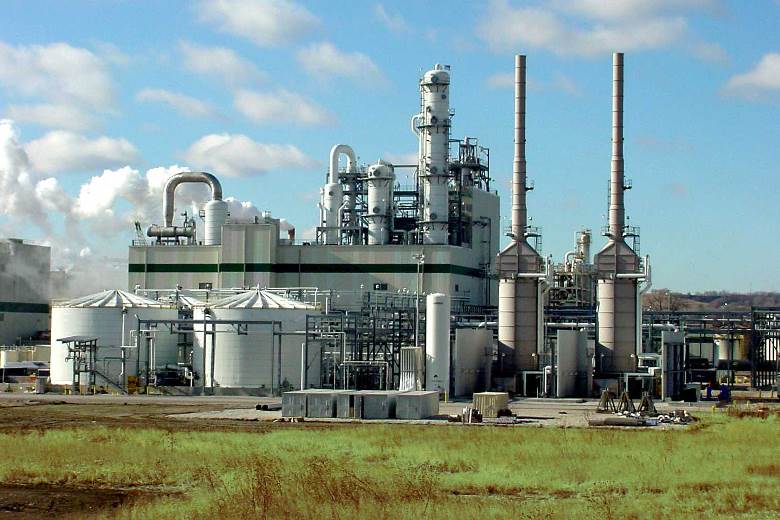TE issues call to action in ‘preferred materials’ report

The Textile Exchange (TE) has published its second Preferred Fibre and Materials Report and issued a call for brands to “commit to the community”.
TE managing director La Rhea Pepper said: “As an industry, we need to commit to the producers to purchase preferred fibre and materials so they will be strong entities that can deliver and invest in new developments. This is the only way we can then deliver on our promise to the consumers.”
The report has been designed as a tool to help brands and retailers understand the PFM market. “’Preferred’ describes a choice made in selecting better ecologically and socially progressive options through the consideration of impacts and organizational priorities,” she explained. “’More sustainable’ is a way to convey a message similar to that above; that a fibre, material or product has been selected based on a comparison to other options.
“We must address today’s market use of synthetics and point the industry to more sustainable options.”
The report says the ‘preferred fibre’ market is growing faster than the conventional market and points to capacity building as an indicator of growth:
• Lenzing’s new TENCEL lyocell jumbo line in Austria of 67,000MT
• Far Eastern New Century’s RPET flake and resin processing plants. Taiwan expanded to 55 KT/year, Japan has an expanded new capacity of 35 KT/year
• Unifi is increasing RPET Repreve capacity to 100 million pounds by 2016 (72 million pounds today
• Natureworks (producer of corn sugar-based polymer Ingeo) will build a new bio plant in SE Asia in 2017/18
Ms Pepper added that brands’ involvement in sustainable textile developments is imperative. “Improvements in existing fibre options, new fibre developments, preferred chemistries and processing methods mean we are constantly improving on what sustainability in textiles means. Be part of the action,” she said.
The report is available to download from the Textile Exchange website.
Image: NatureWorks facility
Credit: NatureWorks








